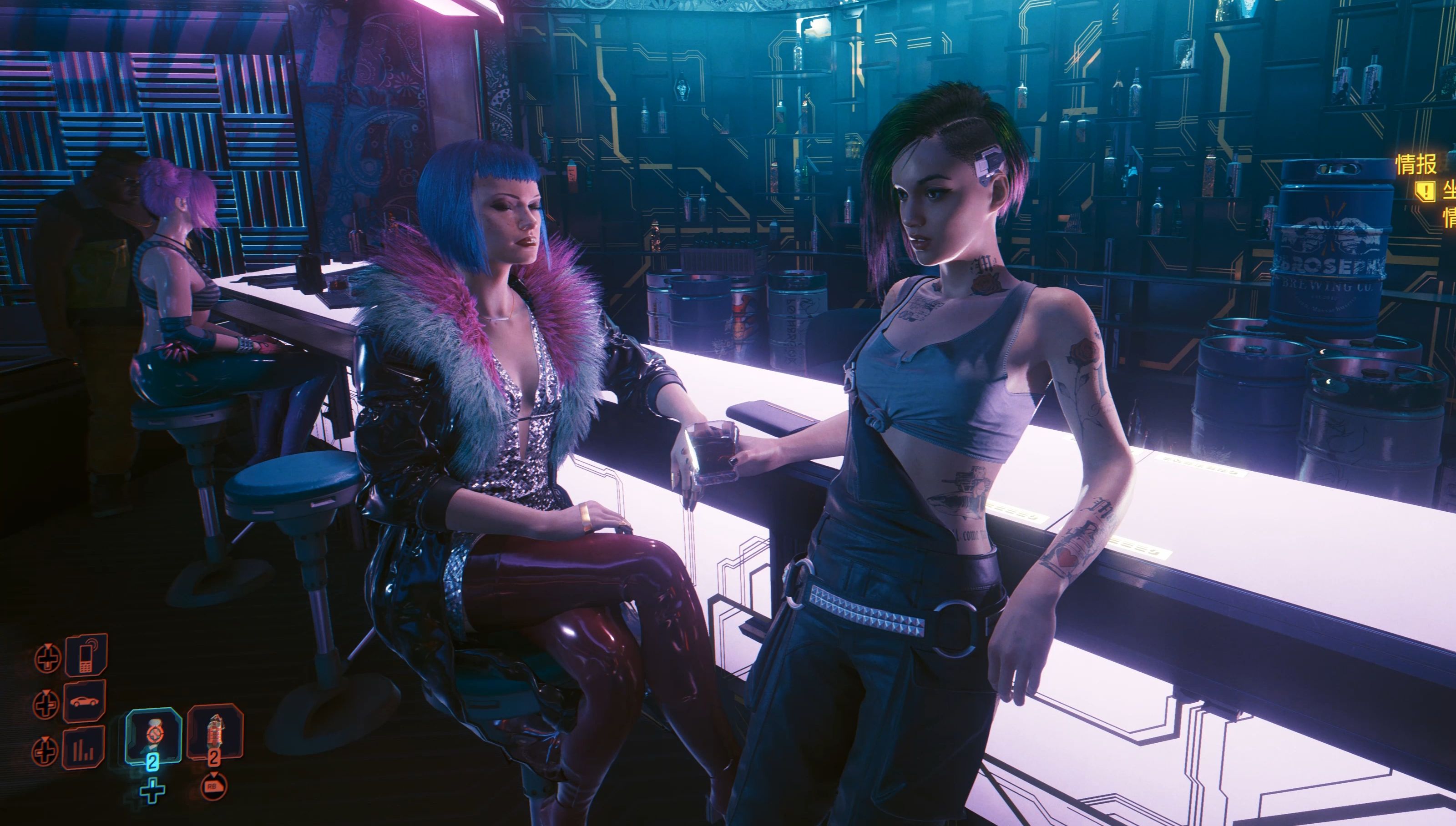The Next Frontier: How Visual Storytelling is Evolving in AAA Game News
For decades, the core loop of AAA game news has been remarkably consistent: a trailer drops, screenshots are analyzed, previews are written based on hands-off demos, and reviews are published post-launch. This cycle, while effective, is beginning to show its age. The audience is no longer passive; they are a community of engaged, discerning, and often skeptical participants who crave deeper immersion and transparency. In response, the future of AAA game news visual storytelling is not just about showing more impressive graphics; it’s about fundamentally reshaping how stories about these monumental projects are told, experienced, and believed. The trends point towards a fusion of immersive technology, developer-led narrative, and community co-creation.
1. The Rise of In-Engine, Real-Time Demonstrations and the Death of the "Target Render"
The infamous "downgrade" controversy that has plagued several high-profile launches has seeded a deep-seated distrust of pre-rendered "target renders" or highly polished vertical slices. The industry is learning that authenticity is the new currency. The future lies in real-time, in-engine demonstrations streamed directly to audiences.
Platforms like YouTube and Twitch are becoming the primary stage for these reveals. We are moving beyond scripted E3 presentations to live, extended gameplay deep dives where developers play the actual build, often with commentary. This trend does two things: it builds immense trust by showcasing the game as it is, warts and all, and it serves as a powerful visual story in itself. The story is no longer just the game's narrative; it's the story of the game's creation and its current state. Visual artifacts, frame rate hiccups, and developer commentary during these sessions create a narrative of transparency and human effort that a polished CGI trailer never could.
2. The Integration of Immersive Technologies (VR/AR) for Previews
The next logical step beyond watching a stream is stepping into the game world before it's finished. While still in its nascent stages for mainstream news, the use of Virtual Reality (VR) and Augmented Reality (AR) for game previews is a tantalizing prospect. Imagine not just watching a 15-minute gameplay video of the next Elder Scrolls, but donning a VR headset to explore a curated section of its world as a "virtual tourism" experience provided to journalists and influencers.
This transforms visual storytelling from a observational to an experiential act. An AR application could allow a user to project a life-sized character model from an upcoming game into their living room, examining the detail of the armor and animations from every angle. These technologies will move previews from descriptive text and 2D video into the realm of embodied, memorable experiences, creating a far more powerful and lasting impression than any traditional media.
3. Developer-Led, Documentary-Style Continuous Narratives
The days of a single "Behind the Scenes" DVD extra are over. The development cycle of a AAA game is itself a epic story, and studios are increasingly choosing to tell it in real-time. This is evident in the success of formats like the Cyberpunk 2077 "Night City Wire" or the deep-dive documentaries from studios like Naughty Dog.
The future will see this evolve into a more continuous, serialized documentary approach. Instead of large, infrequent events, developers will share shorter, more frequent video blogs (vlogs) or mini-documentaries that chronicle the journey. This could include concept art evolution, mocap session snippets, environmental world-building time lapses, and candid developer interviews. This transforms the news cycle from a series of disconnected announcements into a compelling, ongoing narrative. The audience invests not only in the game but in the people and the process behind it, building a community that feels connected to the project's fate.
4. Data Visualization and Interactive Hubs

As games become more complex systems—with intricate economies, vast open worlds, and sophisticated NPC AI—explaining them requires more than just video. The future of visual storytelling will incorporate interactive data visualization. News sites and official game portals could feature interactive hubs where users can explore a game’s world map, click on points of interest to see lore entries and videos, or visualize faction relationships through dynamic charts.
For a game like a complex grand strategy title or an MMO, an interactive feature explaining the new skill tree or economy changes would be far more effective than a paragraph of text. This trend leverages tools from digital journalism to make game news more informative, engaging, and tailored to the deep systems that hardcore fans want to understand.
5. User-Generated Content and Community-Driven Reveals
The line between publisher and player is blurring. Astute marketing departments are beginning to leverage the immense creative power of their communities for reveals and storytelling. This could involve seeding assets to top-tier community content creators weeks before an announcement, allowing them to create their own unique reveal videos, analysis pieces, and theories.
This approach creates a multifaceted, organic reveal event that feels less like a corporate announcement and more like a community-wide celebration. It generates a diversity of content that no single studio could produce and taps into the trusted voices of the community. The visual story of the game is thus co-created by the developers and the players, fostering a powerful sense of shared ownership and excitement.
Conclusion: The Authenticity Imperative
The unifying thread weaving through all these future trends is a demand for authenticity. The audience has grown weary of marketing spin and pre-rendered fakery. They crave real, human, and transparent connections to the games they anticipate. The future of AAA game news visual storytelling is therefore shifting from pure spectacle to shared experience; from polished fiction to documented reality; from a one-way broadcast to a collaborative conversation. It will be richer, more immersive, and more trustworthy, ultimately forging stronger bonds between creators and players in the long and exciting journey to launch day.















